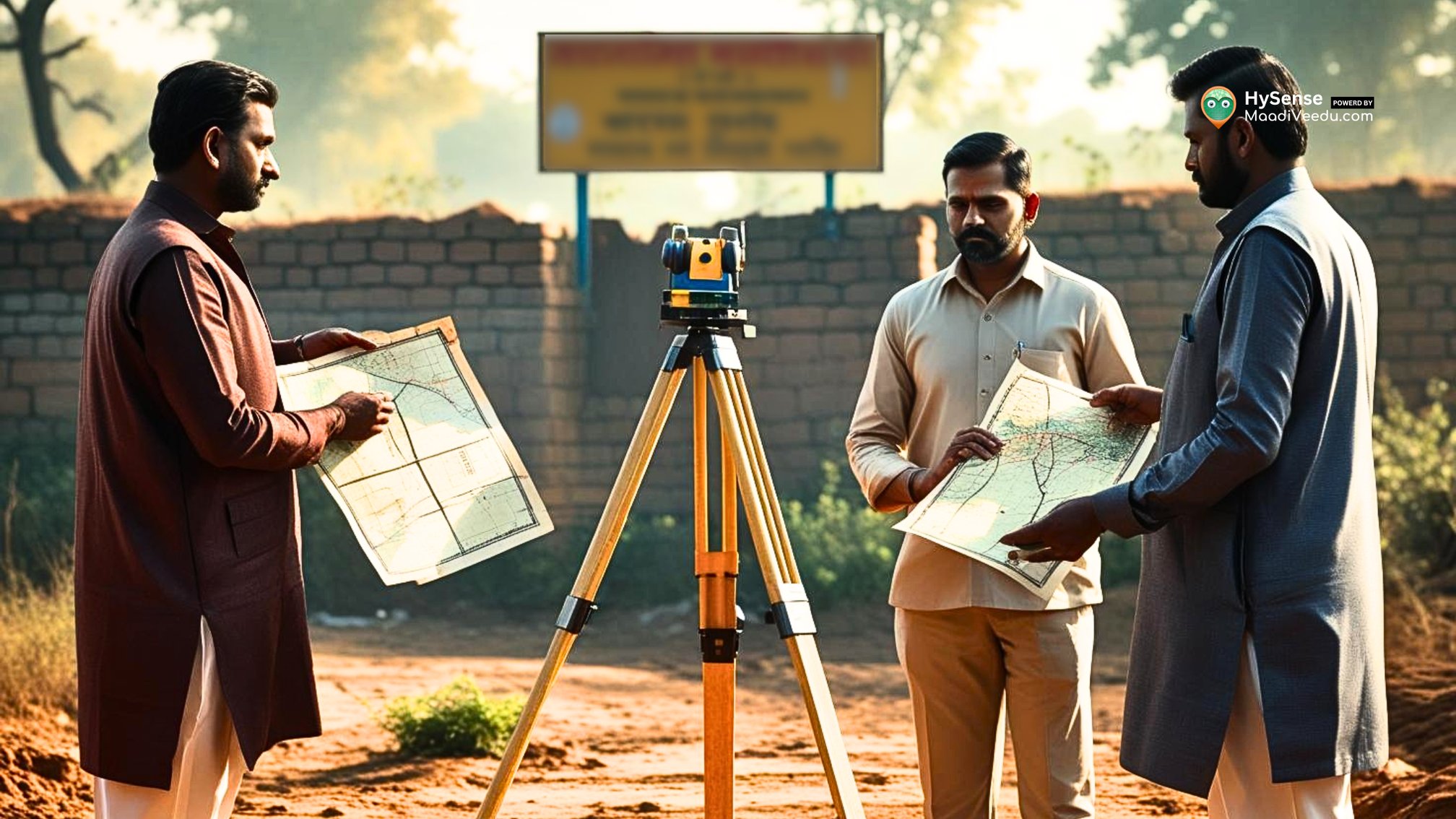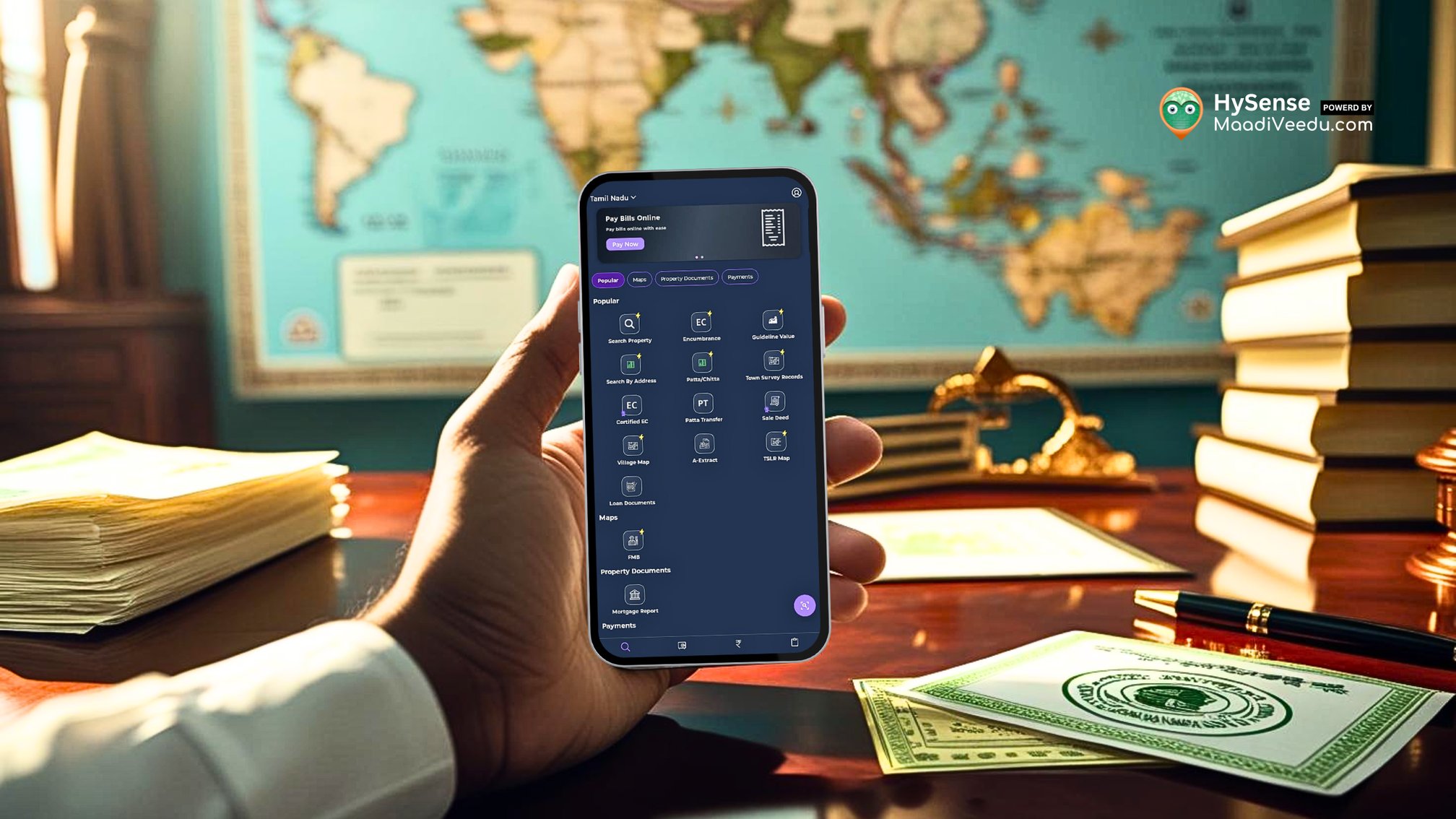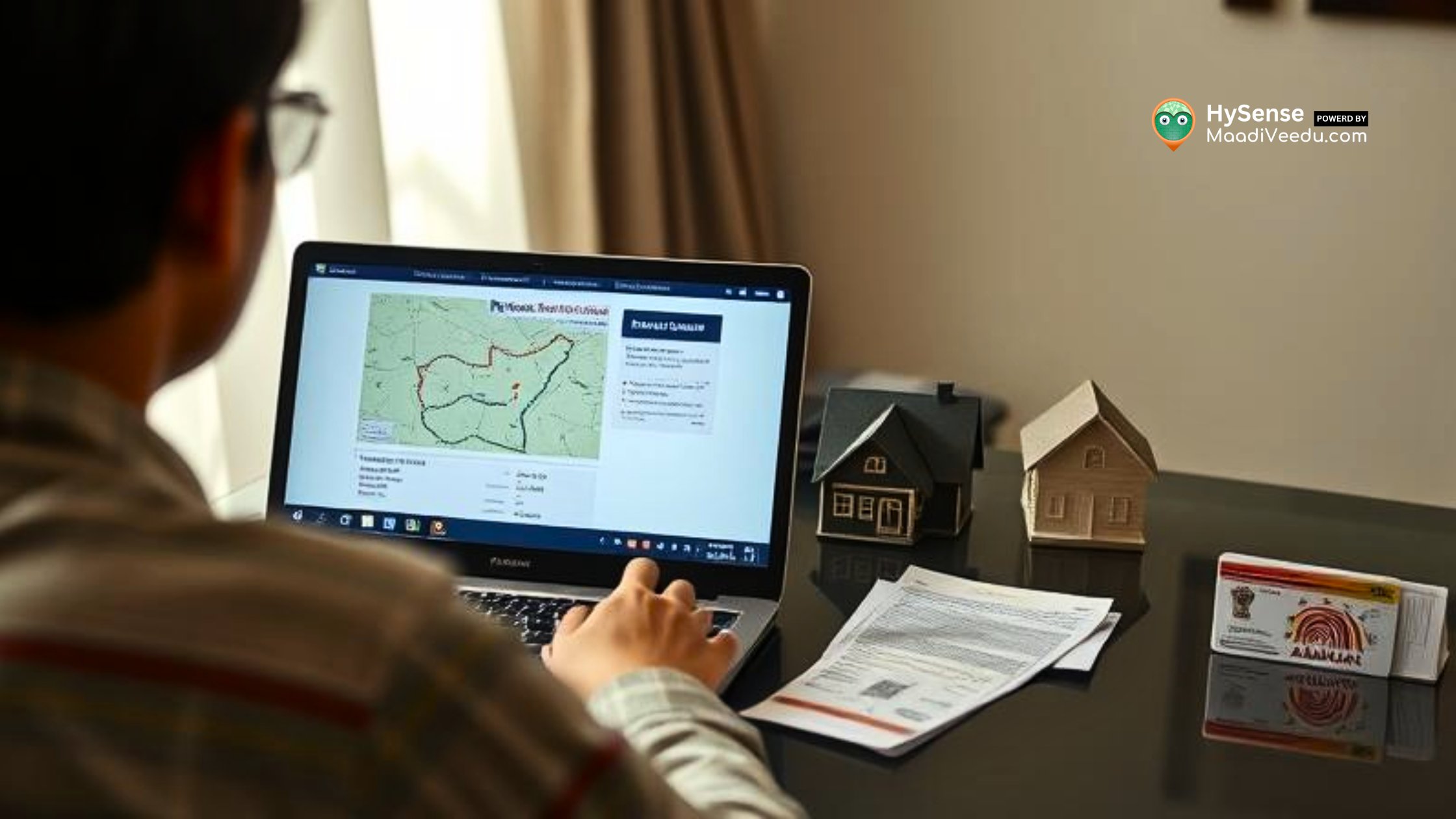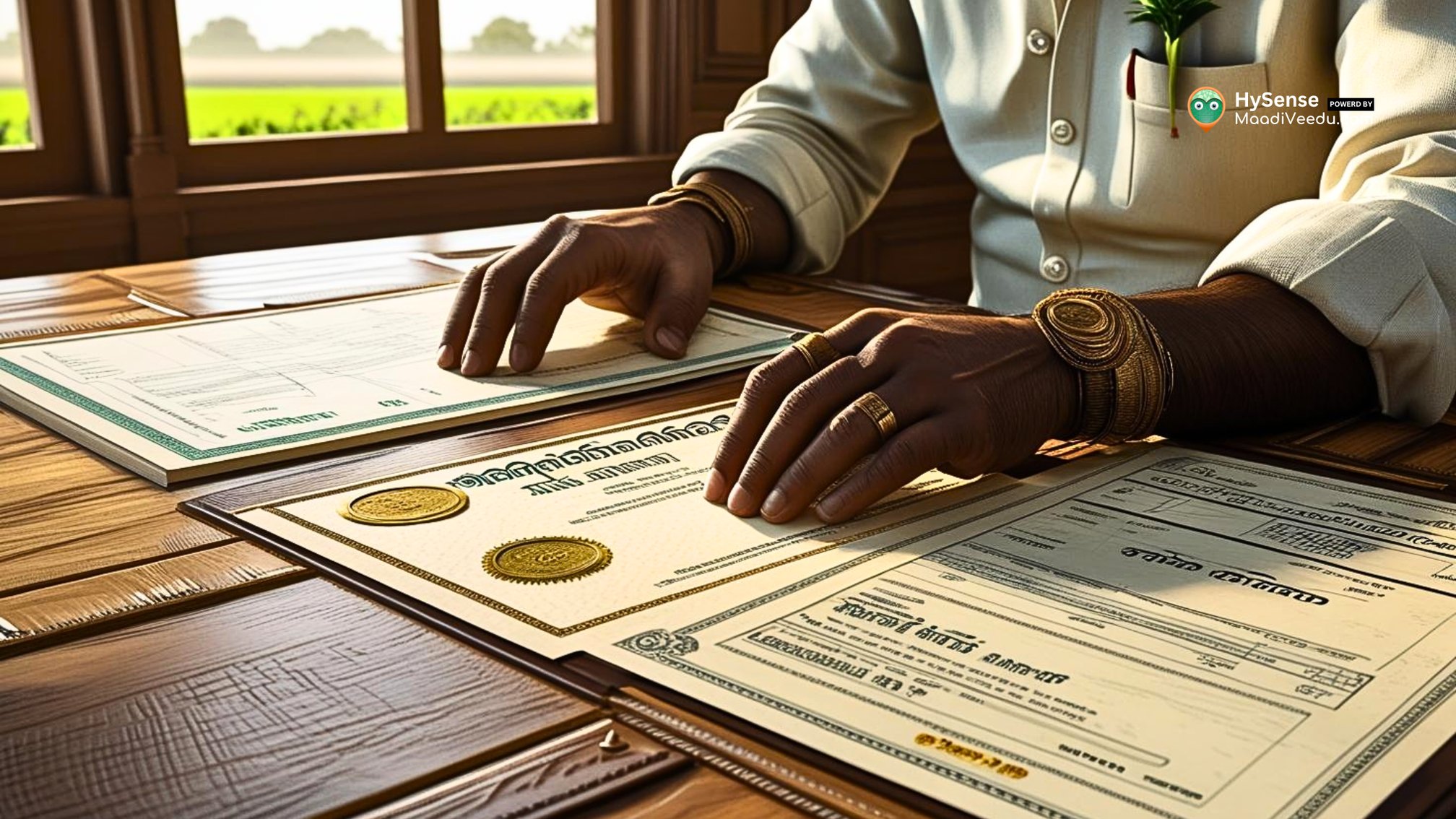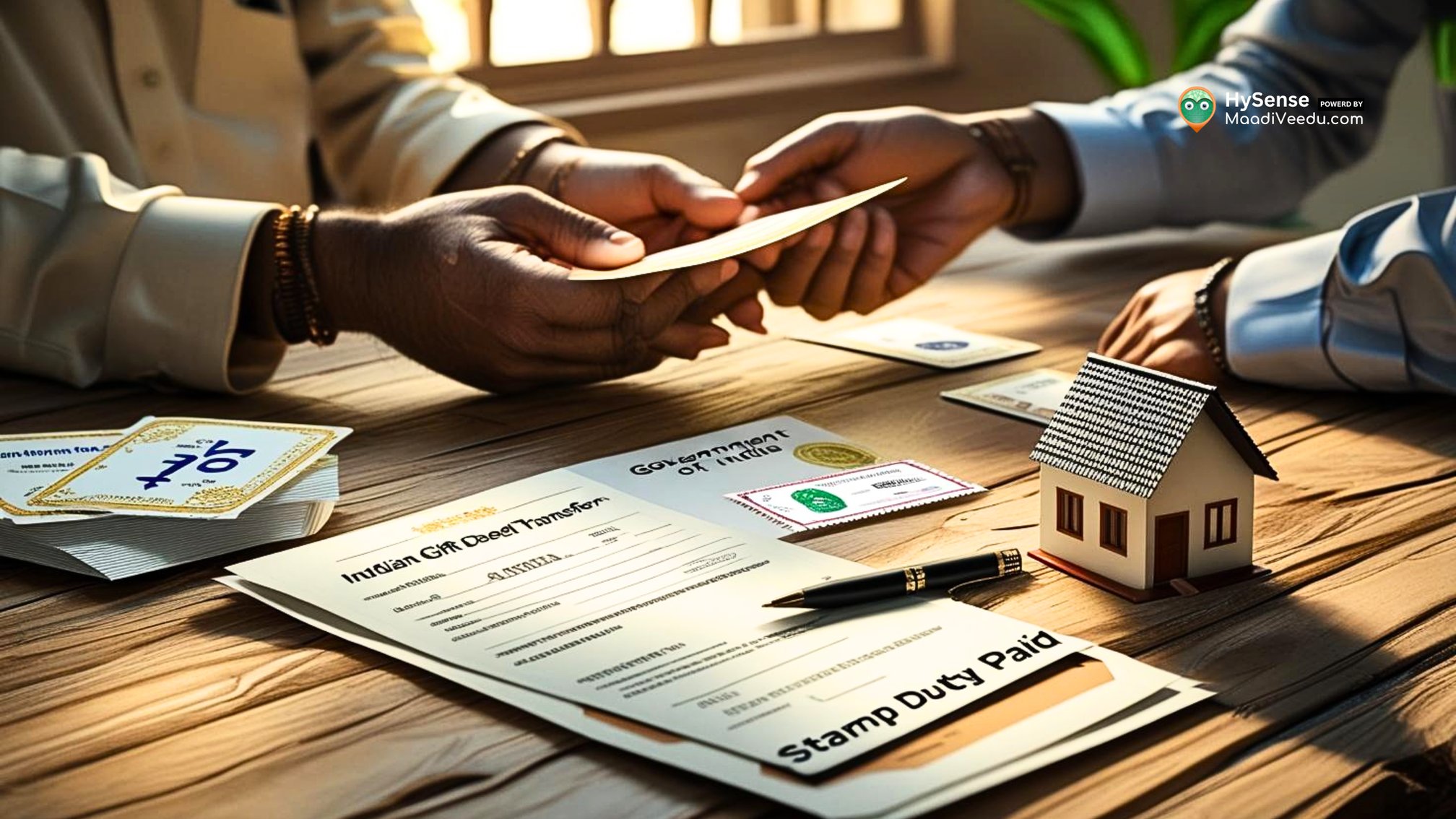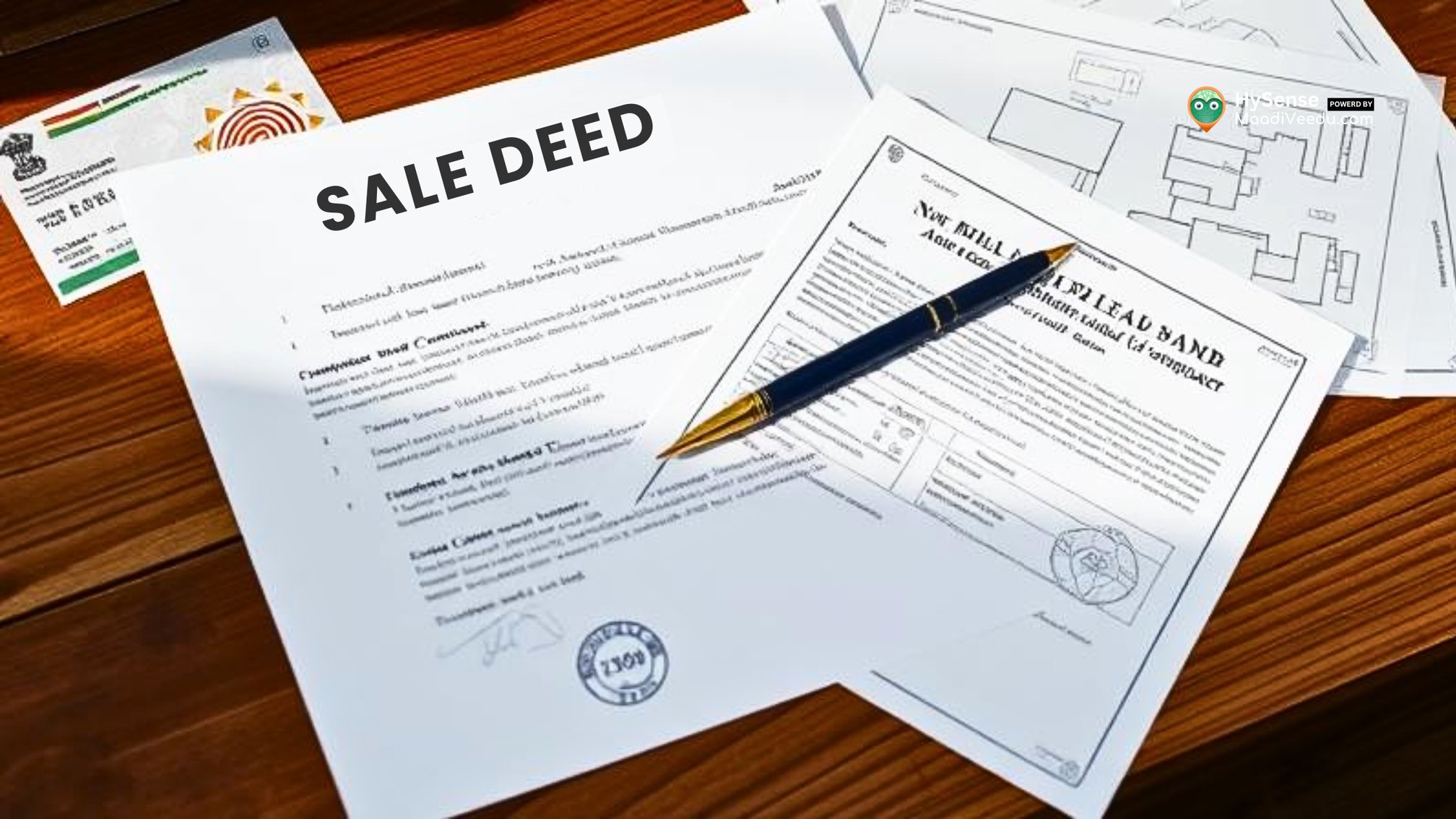Register Property at Sub-Registrar’s Office - Simple Steps, Required Documents & Registration Fees
Secure your dream home today! Learn simple steps, required documents, and registration fees to register your property at the Sub-Registrar’s office easily.

Table of Contents
When you buy or sell property, registering it at the Sub-Registrar’s office is an important step. Property registration is the process where the government officially recognizes your ownership of the property. Without registration, you may face legal issues in the future. In this guide, we’ll walk you through the simple steps you need to follow to register your property, ensuring a smooth process and protecting your rights.
See all available Properties Now:
Why is Property Registration Important?
- Proof of Ownership: Registration is legal proof that you own the property. Without it, your ownership is not recognized by the law.
- Protection Against Fraud: Registering your property helps protect you from fraud. Without registration, someone else could falsely claim ownership of your property.
- Avoid Future Disputes: Registered property is legally recognized, so no one can sell or transfer it without your consent. This prevents disputes down the line.
Simple Steps to Register Your Property
Step 1: Collect All Required Documents
Before heading to the Sub-Registrar’s office, ensure you have all the necessary documents ready. Here’s a list of the common documents needed for property registration:
- Sale Deed: This is the most important document. It contains details about the property transaction and needs to be signed by both the buyer and seller.
- Identity Proof: Both the buyer and seller must provide identity documents like Aadhar card, voter ID, or passport.
- Proof of Address: Documents like utility bills or bank statements can confirm the addresses of both parties.
- PAN Card: Both the buyer and seller must submit their PAN cards.
- Photographs: Some states in India require passport-sized photographs of both the buyer and the seller. Photographs are taken on the spot while registering with biometric fingerprints
- Title Deed (if applicable): If the seller is not the original owner, you will need the title deed that proves the ownership history of the property.
Ensure you have all these documents before visiting the Sub-Registrar’s office to avoid delays.
Step 2: Pay the Stamp Duty
Stamp duty is a tax that needs to be paid on property transactions. The amount varies depending on the value of the property and the state you are in. You can pay stamp duty online in many regions or visit a stamp vendor to pay in person. After paying the stamp duty, you will receive a receipt. This receipt must be shown when you go for registration.
Step 3: Visit the Sub-Registrar’s Office
After collecting the documents and paying the stamp duty, visit the Sub-Registrar’s office. Both the buyer and seller need to be present, along with two witnesses. These witnesses confirm the property sale.
If the buyer or seller cannot attend, they can appoint a power of attorney to represent them. This is a legal document that gives someone else the authority to act on your behalf.
Step 4: Sign the Sale Deed
At the Sub-Registrar’s office, both parties will sign the sale deed. The Sub-Registrar will check all the documents and verify everything is correct. If everything is in order, the Sub-Registrar will officially record the transaction.
The two witnesses will also sign the sale deed to confirm they were present when the documents were signed. Once this is done, the property is officially registered in the buyer’s name.
Step 5: Get the Registered Sale Deed
Once the property is registered, the buyer will receive the registered sale deed. This document is your legal proof of ownership. Keep it safe because it is an important document. In some regions, you may receive it the same day, while in others, it may take a few days for the deed to be processed and handed over.
See all available Properties Now:
Approximate Registration Fees in India (State by State)
The registration fees for property transactions can vary from state to state. Here's an updated guide to how much you can expect to pay in each state, depending on the type of registration, such as home or vacant land. Below rates are applicable for constructed building.
- Delhi: Registration fee is 1% of the property value or Rs. 30,000, whichever is lower for females, and Rs. 50,000 for males.
- Maharashtra: The registration fee is 1% of the property value, subject to a maximum of Rs. 30,000. A state-specific surcharge might also apply.
- Karnataka: The registration fee is 1% of the property value, subject to a cap of Rs. 25,000. There’s an additional surcharge for properties over a certain value.
- Tamil Nadu: The registration fee is 1% of the property value, up to a maximum of Rs. 25,000 for both males and females. In some areas, there may be a separate fee for rural and urban properties.
- Uttar Pradesh: The registration fee is 1% of the property value or Rs. 30,000, whichever is lower.
- West Bengal: In West Bengal, the registration fee is 1% of the property value or Rs. 25,000 for both males and females.
- Rajasthan: The registration fee is 1% of the property value or Rs. 20,000, whichever is lower.
- Gujarat: The registration fee is 1% of the property value, with a cap of Rs. 15,000.
- Haryana: The registration fee is 1% of the property value or Rs. 30,000, whichever is lower.
- Andhra Pradesh: The registration fee is 1% of the property value or Rs. 25,000, whichever is lower.
Conclusion
Property registration is an essential step in securing your rights as a property owner. By following these simple steps – collecting the necessary documents, paying stamp duty, visiting the Sub-Registrar’s office, signing the sale deed, and receiving the registered sale deed – you can ensure a smooth and legal transaction.
Remember, the registered sale deed is your legal proof of ownership, so it’s important to keep it safe. If you’re unsure about any part of the process, consulting a real estate expert or lawyer can help. By taking these steps, you can protect your property and avoid future disputes.
Read more Real Estate tips here:
Frequently Asked Questions (FAQs)
1.How Much Does Property Registration Cost?
The total cost includes two parts:
- Stamp Duty: This is the tax paid on the property. It is usually a percentage of the property’s value or sale price. The percentage varies by state.
- Registration Fee: This is a smaller fee, usually a fixed percentage of the property’s value. The registration fees vary from state to state, so it’s important to check the exact rates in your region.
2.Can Property Be Registered Without the Seller?
No, both the buyer and the seller must be present to sign the documents at the Sub-Registrar’s office. If the seller is unable to attend, they can appoint someone else to act on their behalf using a power of attorney.
3.How Long Does Property Registration Take?
The registration process usually takes a few hours, but it may take longer depending on the number of people ahead of you. It’s a good idea to visit the Sub-Registrar’s office early in the day to avoid long waiting times.
4.Can I Register Property Online?
While some steps, like paying stamp duty, can be done online, the actual signing of the documents and verification must be done at the Sub-Registrar’s office. Check with your local office to see if any part of the process can be completed online.
5.Should I Hire a Lawyer for Property Registration?
It is not mandatory to hire a lawyer, but it can be helpful. A lawyer can help review your documents, ensure everything is in order, and guide you through the process. This can prevent legal issues in the future, especially if you’re unsure about the property’s history or legal status.
Stay connected with us for more updates and insights – follow our journey and get inspired by beautiful properties and valuable tips.

